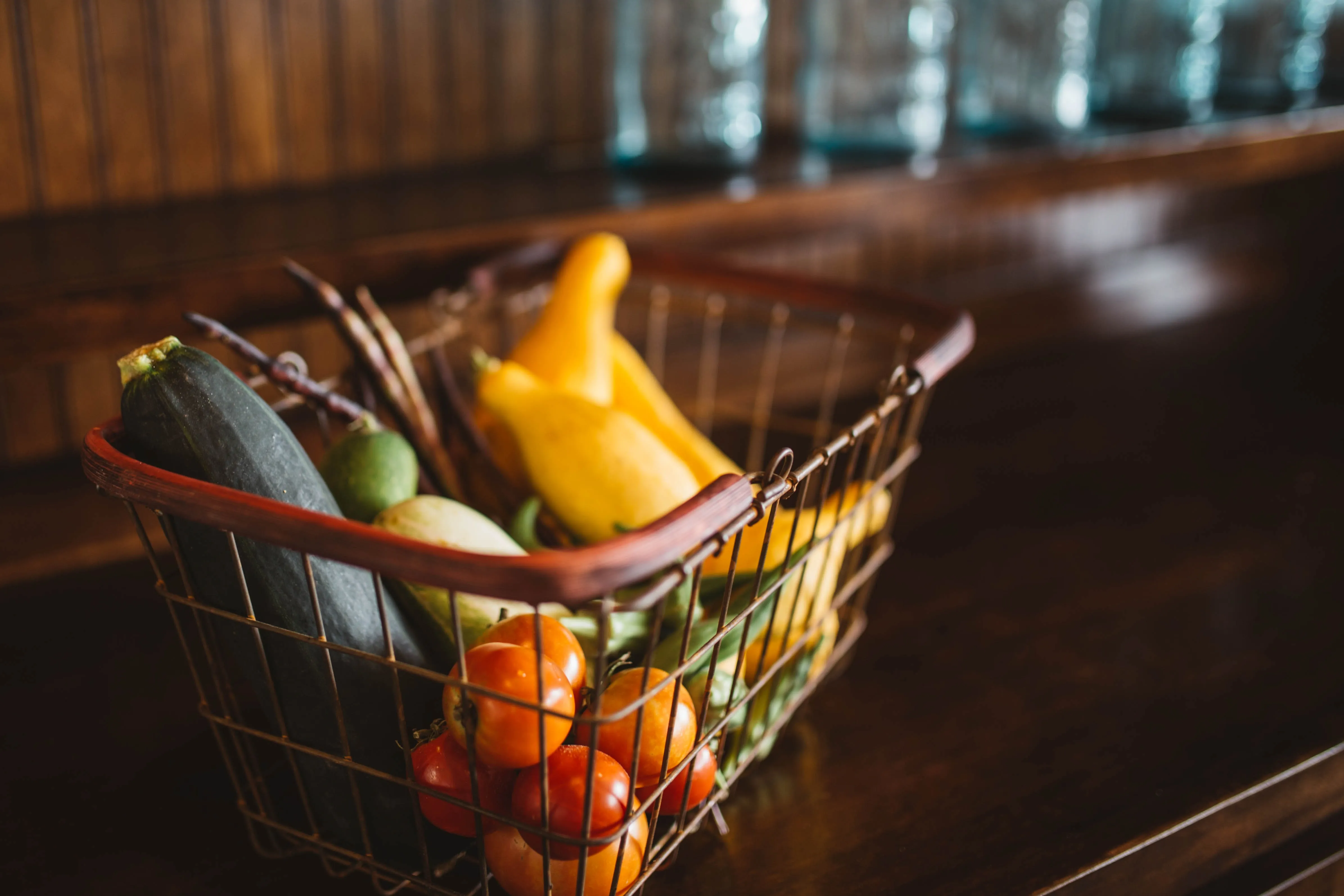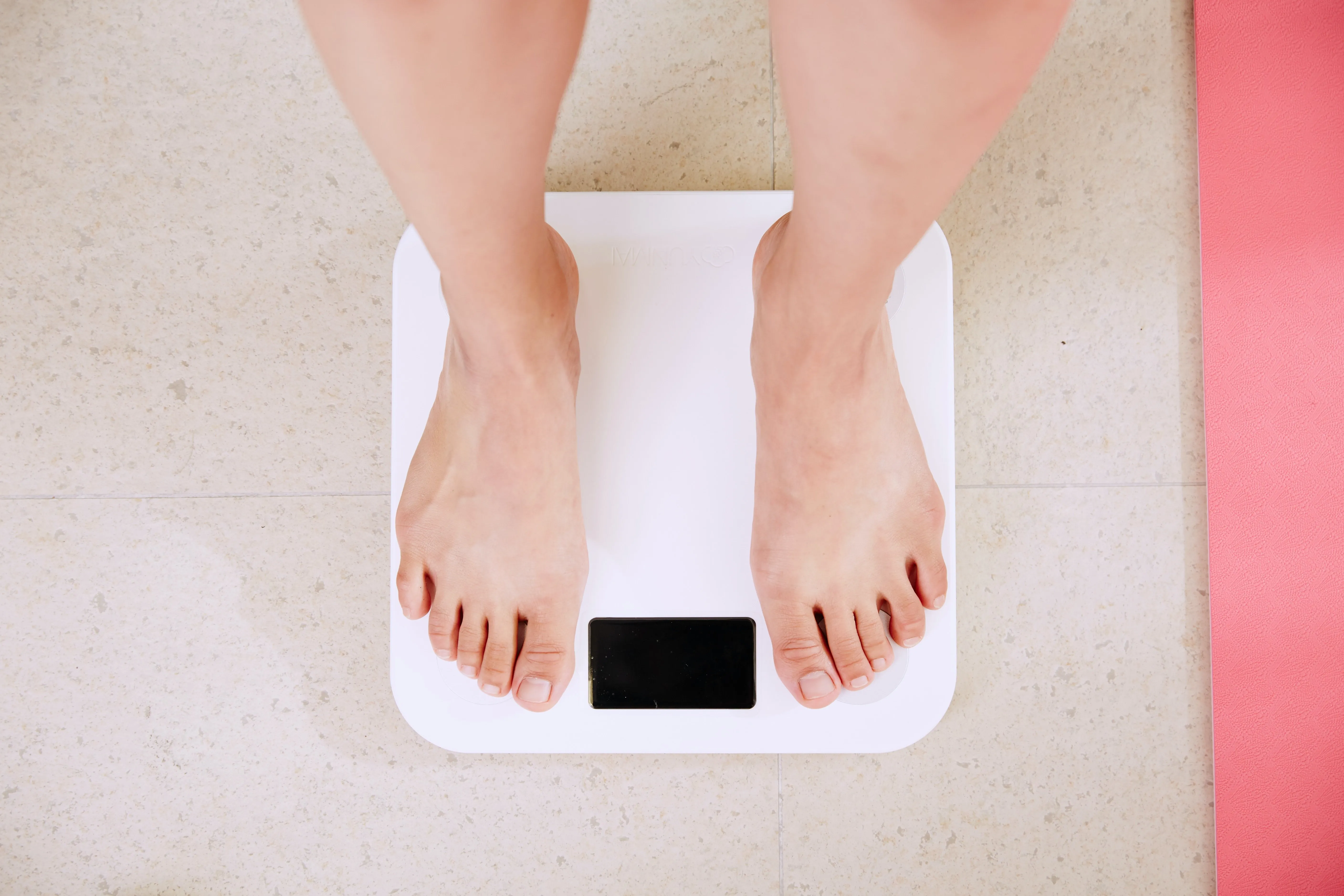10 Easy Ways To Eat More Whole Food
January 26, 2019

Whole food is abuzz these days, but it still has to compete with the heavy hitting fast food industry. And they have big bucks- how often do you see an ad for McDonald’s, compared with one for your farmer’s market? With 100% certainty, the fast food industry puts more marketing dollars into sales, but often to our demise.
Fast food is hardly good for anything, even the “healthier” options, which means if you are interested in maintaining your health as long as possible, you must consider whole foods.
What are whole foods?
Those are the food options that are as close to nature as possible, which contain the highest densities of nutrients and typically foods with one ingredient. An apple is a whole food, apple pie is not. Think of it as the way your ancestors would have preferred to eat.
Here are 10 easy ways to eat more whole food:
1. Cook At Home- the number one way to ensure you are getting more whole food in your diet is to cook it yourself. Not having a meal to look forward to when you get home, or when lunch time comes around at work will leave you more likely to order out some junk food with tons of preservatives and lacking nutrients.
2. Eat Vegan One Day A Week- though it is advisable to get veggies at every meal sitting, this if far from the norm. A good way to help offset a deficiency is to dedicate one day a week to eating strictly vegan. This should primarily mean eating veggies and fruit, but if you find it difficult start with one meal a day.
3. Eat Salads For Lunch- while whole food diets are high in vegetable and fruit consumption, it does not mean you have to eat ONLY those. In terms of salads, while you can eat a mixed vegetable/fruit salad, it’s also great if you have it with some stripped chicken or tuna to go with it.
4. Eat Free Range Meat- free range animals are those that are allowed to roam the fields, like what we believe farms to look like but which is far from always the scenario. The fact is many farms that are into bulk production keep animals confined to very small spaces. Free range animals are also not often enhanced with hormones or growth agents, so you can be comfortable knowing your safety is assured.
5. Opt For Whole Grains- though it is better to go for no grains, whole grains are still a better way to go when compared to processed or refined grains. Think of refined flour versus whole wheat flour. Not only are whole grains superior in the type of carbs they deliver, they are also less likely to having preservatives or additive, and also have more nutrients.
6. Plan Your Shopping- make a list at home. If you don’t, you risk picking up the wrong things when it’s time to go shopping, either because of the time constrains or just inability to analyze labels properly. Make your list at home, in your leisure and stick to it.
7. Use Fruit As Snacks- fruit are good, but their sugar content may be a bit problematic. So, instead of missing out on the benefits altogether, use fruit as snacks. This way, the natural sugars will help to keep blood glucose up, and you receive the unique offerings in terms of nutritional value many fruits offer.
8. Use Smoothies As Post-Workout Nutrition- you already drink protein shakes after your workout, so why not enhance it with whole foods? Blending in some veggies, such as kale, along with fruits such as berries and bananas make for a potent nutritional powerhouse.
9. Increase Your Intake Of Fruits And Veggies Slowly- health is a steady marathon, so don’t force yourself to go all out from day one. Start by including fruits and veggies you like or can tolerate, and slowly add more as the weeks go by.
10. Add Natural Additives To Food- stop relying on salt and packaged flavorings to do food justice. Start using more natural herbs and spices, along with pepper. Your taste buds may take some reconditioning, but it will be worth it.














